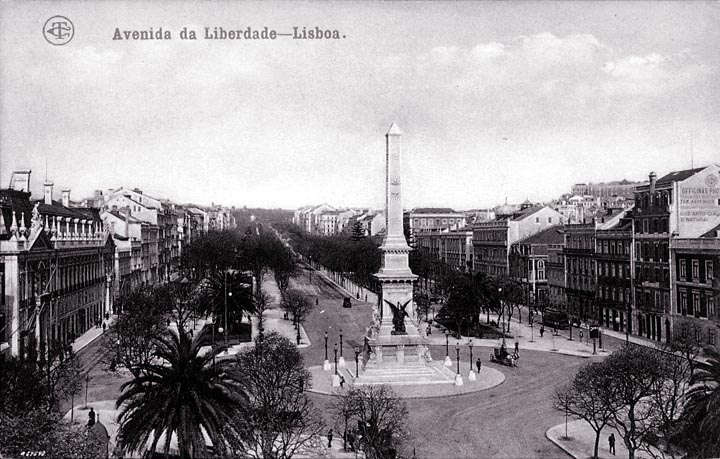BoulevardsFew elements of a city are more strongly associated with urbanism than the boulevard. Yet the widespread construction of boulevards is a comparatively recent phenomenon. The boulevard in its modern form was developed by Haussmann (though not invented by him) and was widely applied by him in the redevelopment of Paris in the middle of the 19th Century. The look of Paris today owes more to its boulevards than any other single feature, and Haussmann's plans were the subject of great controversy at the time. The "boulevardiers" favored the razing of neighborhoods to open the way for boulevards; many of the local residents did not. Some feel that Paris was damaged, not improved, by Haussmann's boulevards. The boulevard was, however, quickly and widely adopted by other European cities. Yet the medieval city does not know the boulevard. As in the case of Venice, streets wider than about 10 meters were quite unusual. In fact, long straight streets, which are nearly universal in the case of boulevards, are also rare in the medieval city. While boulevards provide useful outdoor social space, they do so at considerable cost, particularly in land and maintenance. Some boulevards are nearly100 meters wide, feature four or more rows of trees, and, of course, an awful lot of pavement to mend and leaves to rake. Part of the reason for the rapid adoption of the boulevard was military - it was an excellent means to move mounted forces from one part of a city to another. In designing cities, we may prefer to make limited or even no application of the boulevard. In its place we can have more and much narrower streets with carefully situated public squares, where social activity naturally concentrates. However, the boulevard does serve one very useful purpose: it provides a natural artery for public transport, whether on the surface or underground. It is principally for this reason that the Reference Design for carfree cities does indeed call for a boulevard of 33 meters width in the outer districts, 40 meters in the inner districts, and a whopping 100 meters for short stretches in the three downtown districts. While it would be possible to dispense with boulevards for this purpose, it is probably not ideal. We will consider in this rather long chapter some of the best-known European boulevards.
|
 Next City Design Home
E-mail |